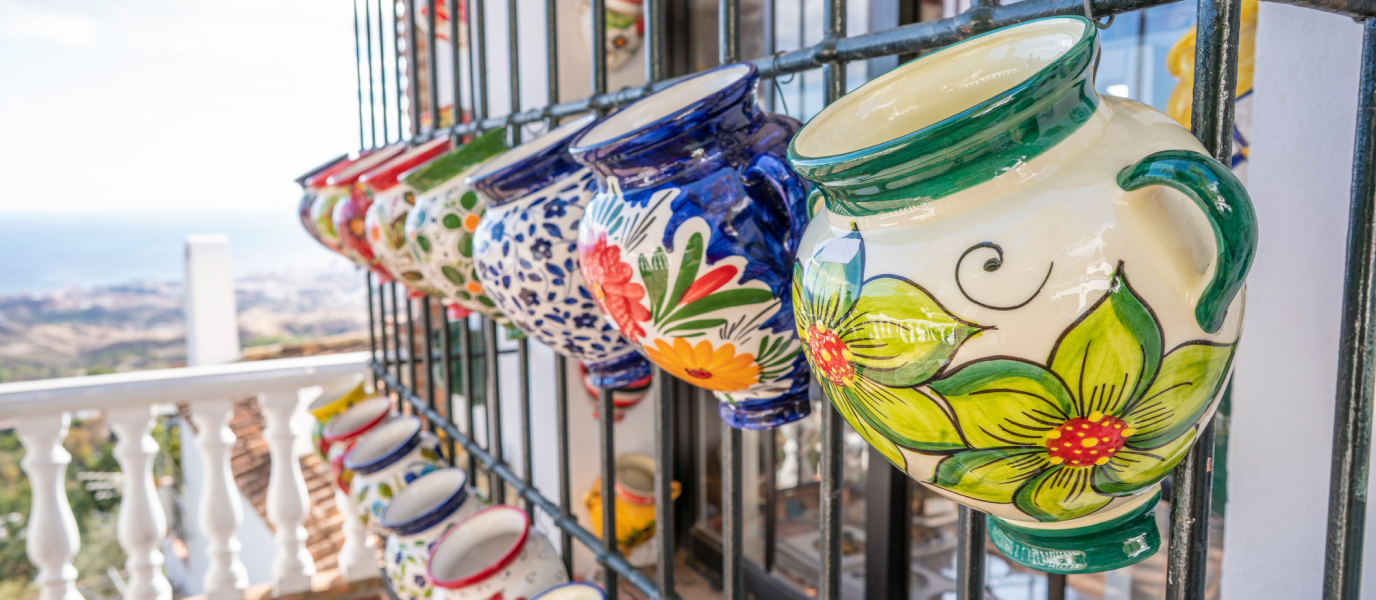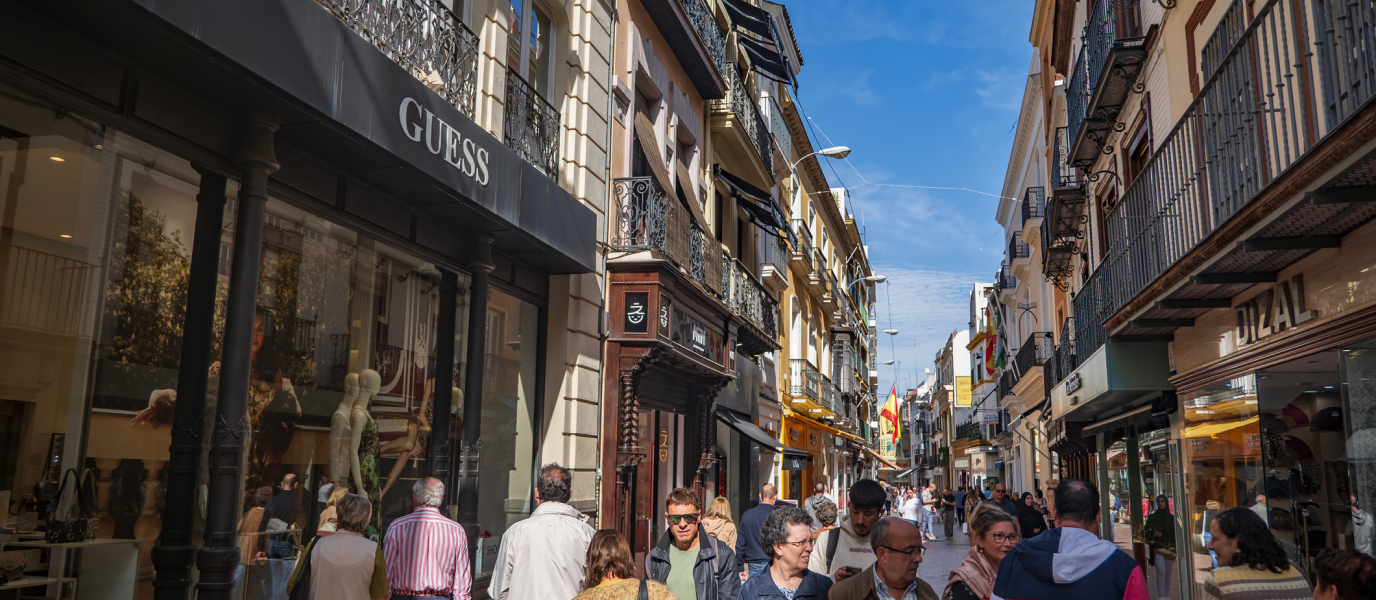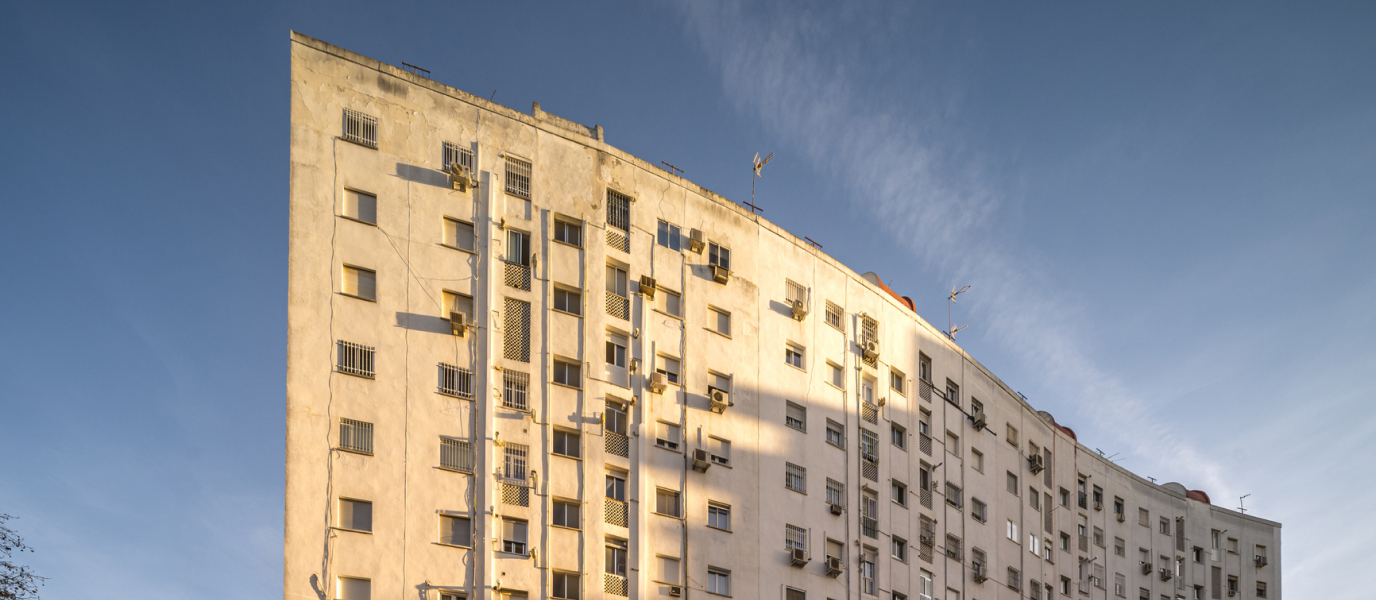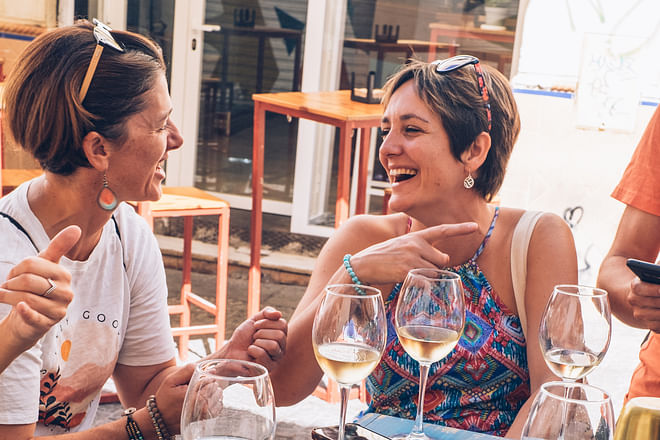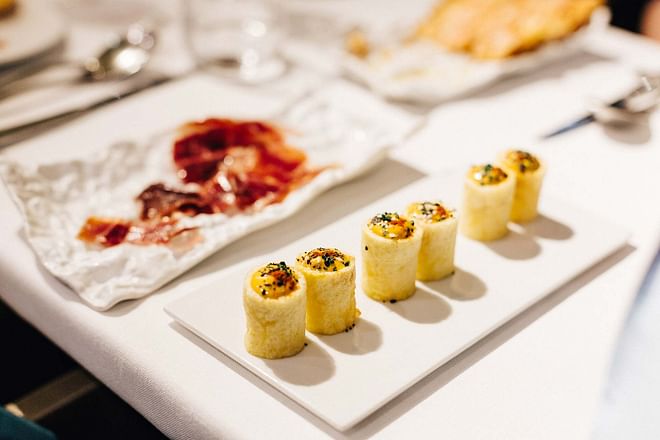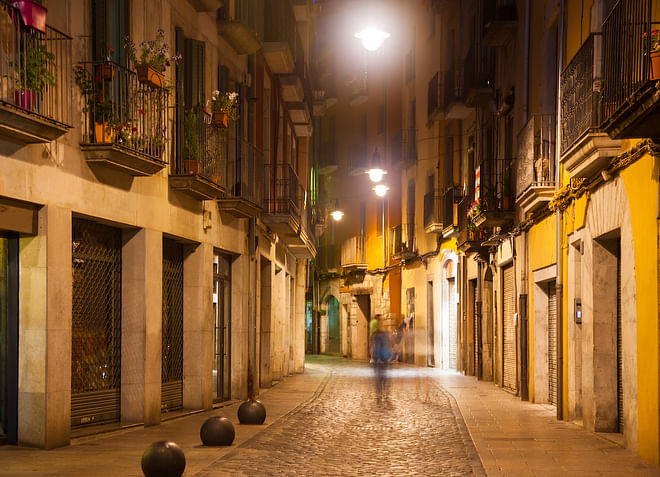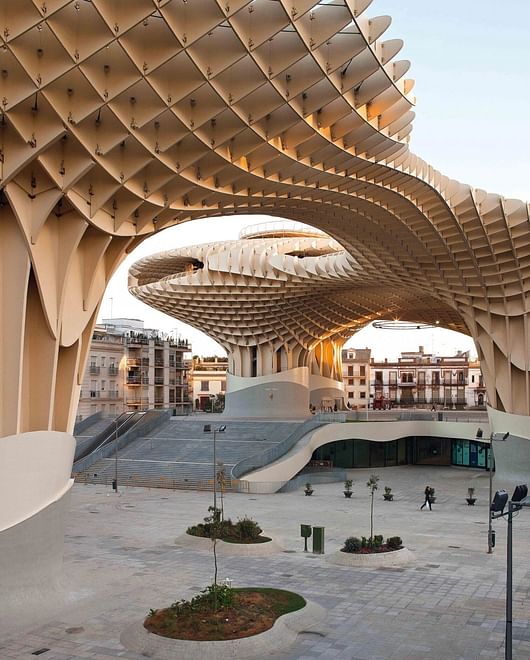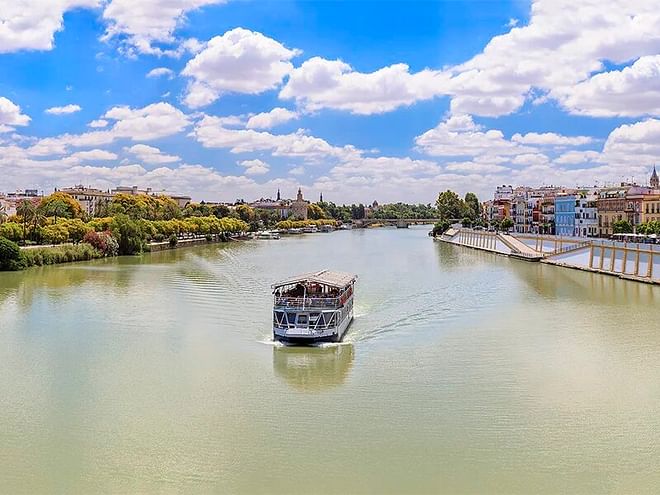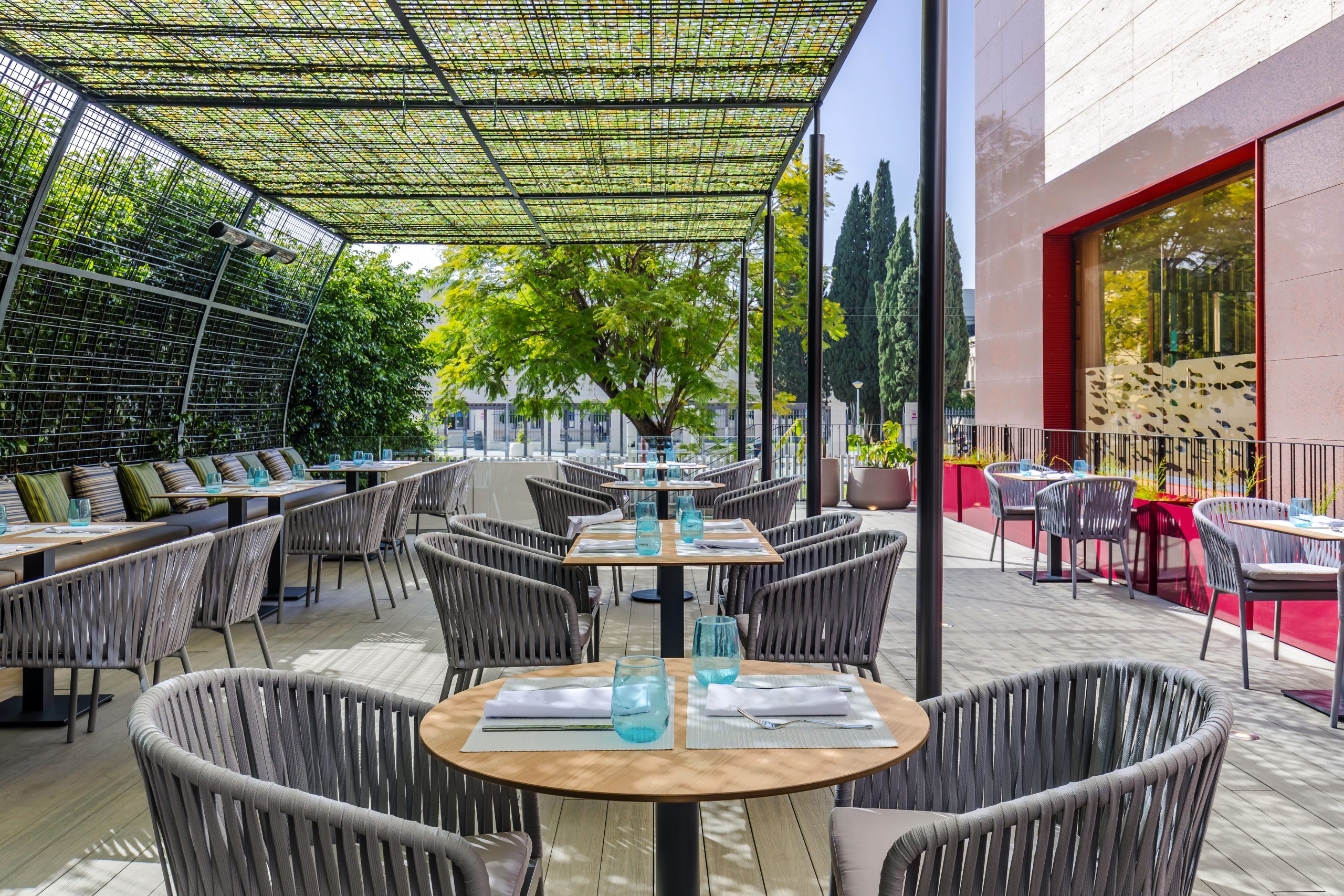The triangle formed by the plazas of San Francisco, El Salvador and La Campana marks the boundaries of Seville’s most commercial area, dotted with both traditional and modern shops. The busiest thoroughfares are the pedestrianised streets of Sierpes and Tetuán. Here, it’ll be easy to get your hands on the most traditional items, like shawls and fans.
Classic souvenir shops circle the neighbourhood of Santa Cruz. Antique-lovers can’t miss the Plaza de la Alfalfa, and anyone in search of Seville’s famous ceramics should make Triana their first stop.
Ceramics from Triana and crockery from La Cartuja
The centre of production of artisanal ceramics is in the neighbourhood of Triana. That’s been the case since the Moorish period, when the glazing technique was first introduced. Later, the Mudejar style incorporated eastern techniques for mosaic and tile making, the results of which are still the focus of many of the city’s streets and patios today. These days, ceramics from Triana are still made using the traditional method.
With exclusive designs and glazes, you can find everything from clocks, plates, jars, plant pots and tea sets to commemorative, customised tiles that you can order to celebrate a special occasion, or as a souvenir. The tradition of tiles has been kept alive in this neighbourhood, where there are still pottery shops selling pieces in the famous Triana blue. You can even visit some of the workshops that still survive in the area. The ultimate example of Triana’s ceramics can be admired in Seville’s Plaza de España.
The clay found in the Guadalquivir valley also encouraged the development of a pottery tradition, creating flagons or botijos that, today, are purely decorative.
But if Sevillian earthenware is famous for just one thing, it’s for the crockery from La Cartuja de Sevilla. Curiously enough, the company was founded by Charles Pickman in 1839. This Englishman bought the old monastery of Santa María de las Cuevas during the confiscations of 1820 to turn it into his factory. The quality of the crockery was a result of the industrial innovations introduced by the founding family and the handiwork of the Sevillian artisans. New techniques for the kilns and exotic designs meant the Sevillian factory achieved international recognition. In 1871 it became an official supplier to the Royal Family. The formulation of the clay and the fabrication process has remained practically unchanged over the factory’s two centuries of history, with classic designs that have stood the test of time rubbing shoulders with more modern ones. But you don’t need to buy a whole dinner service to take a souvenir of La Cartuja home. You could go for a multi-piece bathroom set if you’re feeling traditional, or a modern mug.
Fans and shawls
In the Plaza de San Francisco, Calle Sierpes and Calle Tetuán, you’ll find shops where you can get your hands on a gorgeous Manila shawl and a hand-painted fan. Shawls are often worn in Seville on special occasions, and there are two different types for you to choose from, mantillas and mantones. Mantillas are worn in black for Holy Week, at funerals, and by the ‘madrina’ at weddings. White or cream ones are worn by wedding guests, or those going to a bullfight or the Feria. Lots of brides even swap the veil for a white shawl.
If you’re keen to buy a flamenco dress, Seville is the place to buy the only traditional regional dress that changes every season, complete with all the accessories like earrings, necklaces, bracelets, shoes and combs. Sevillian women love their accessories, bags and shoes, from a sturdy pair of cowboy boots to espadrilles from Triana.
In line with the traditional tastes of the Andalusian man, it’s easy to find shops selling top quality hunting and horse-riding gear, as well as shops with long histories where you can buy an authentic ‘sombrero cordobés’.
Enthusiasts will be amazed by the skill of the masters who create Spanish guitars. If you fall under the instrument’s spell, you can visit the Casa de la Guitarra in the neighbourhood of Santa Cruz.
Where to buy the most typical Sevillian products
Flea markets and bazaars
Thanks to the gentle climate, markets regularly take over the city’s squares. One of Seville’s best and most traditional markets takes place on Calle Feria on Thursdays. Here you’ll find antiques, paintings, books and second-hand clothes. If you’re looking for something special, on Sundays in Plaza del Museo painters sell their wares and, in Plaza del Cabildo, stamp and coin collectors will be in heaven.
Shopping centres
Seville has two large shopping centres. The Plaza de Armas shopping centre might not be the largest, but it’s got charm, as it was once the old Cordoba train station. It’s a Neo-mudejar building from 1899 set near the river, inspired by the Tanger mosque and made of steel and glass.
For its part, the Nervión Plaza shopping centre, near Seville’s football stadium, is the city’s largest, with shops, activities and restaurants on offer.
Triana
On the other bank of the Guadalquivir, this neighbourhood’s shops offer the best ceramics in the area, centred on the streets of Alfarería, Antillanos Campos and San Jorge. You can also buy typical local foodstuffs with a guarantee of origin in the Triana Market.
Old Quarter
In the city’s old quarter, you’ll find all kinds of shops, from ones selling souvenirs, flamenco dresses and needlework to the ubiquitous fashion chains. Its main focuses are Plaza Nueva and the pedestrianised Calle Sierpes and Calle Tetuán. If you want to get lost in narrow streets that will make you think you’re in an Arab souk, you’ll find Calle José Gestoso just five minutes away.





























































